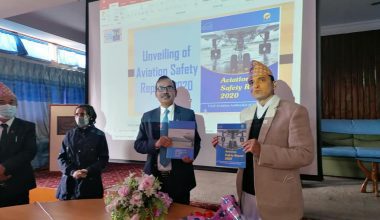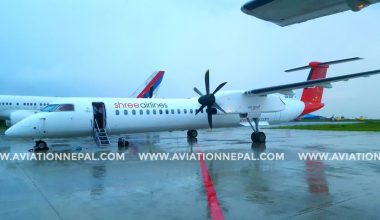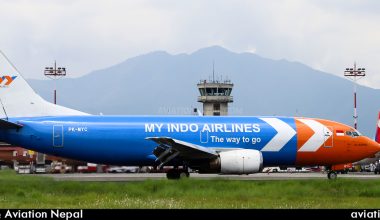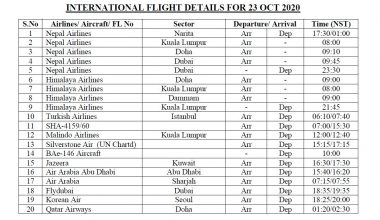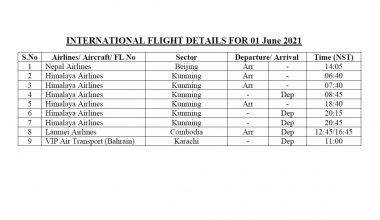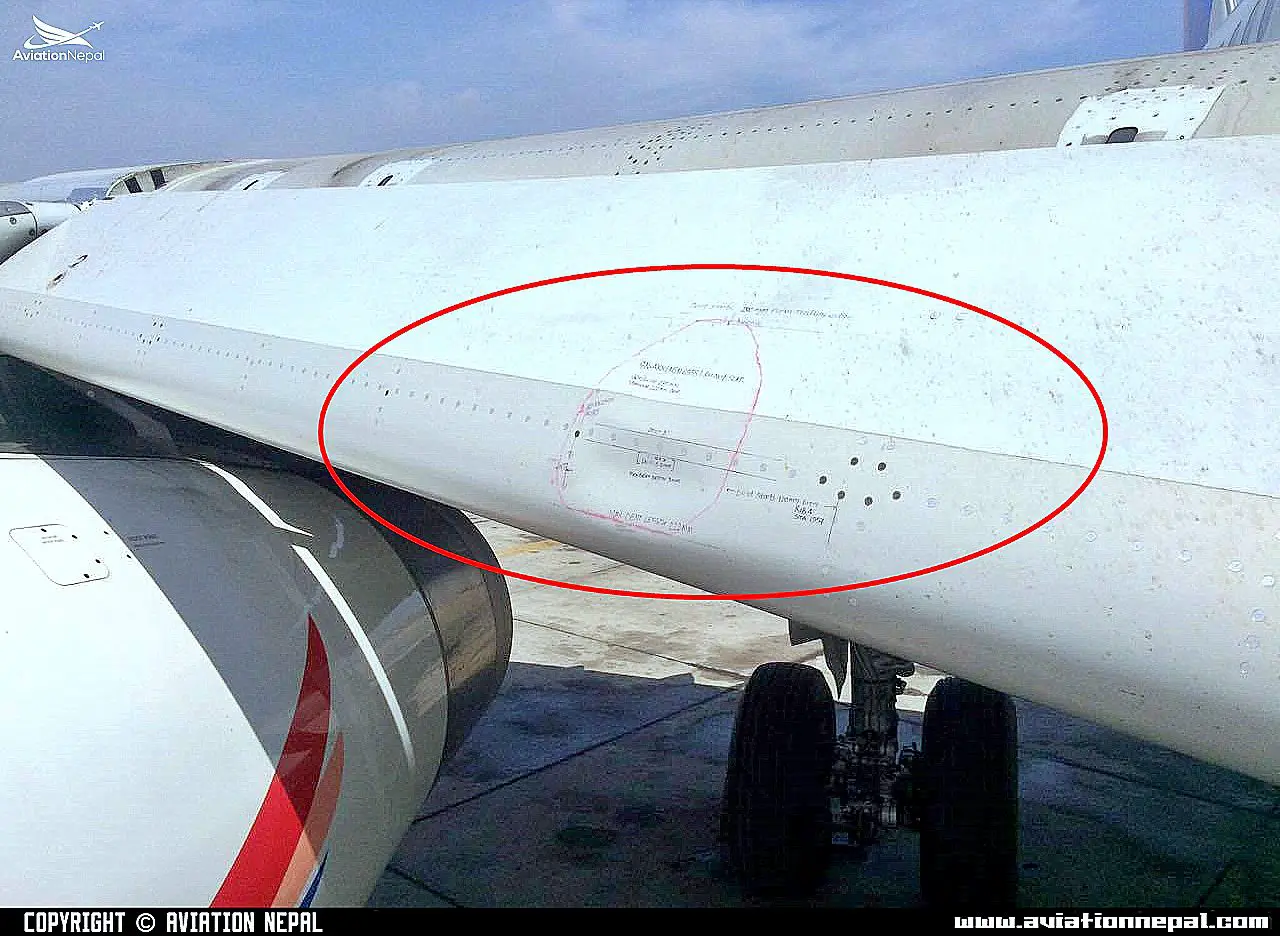
Bird Hit; a serious problem around country’s sole international airport, TIA
The country’s sole international airport, Tribhuvan International Airport operated by the Civil Aviation Authority of Nepal (CAAN) has long been facing wildlife hazards whereas Bird Hit problem have posed a serious threat to air safety of Nepal.
Mostly, every day the airport has seen many birds in its vicinity that created huge losses due to their presence in the takeoff and landing area.
News published on AviationNepal.com
The badly timed connection between birds and TIA is rather multifaceted. Birds have always been a hazard to aircraft right since its advent in 1903 more than a century ago. Altogether 871 species have been found in Nepal out of a total of 10,000 varieties of birds in the world making Nepal a rich country for birds. The Kathmandu Valley alone has the advantage of recording more than 500 varieties. Topography, climate, greenery, wetlands and agro-lands in the valley are perfect for birds luring tourists into visiting Kathmandu.
The Rules, regulation, standard Procedure and manuals were made by Local Self Governance Act 1999 and Civil Aviation Regulation 2002 to minimize the wild life hazards which includes that the Garbage transportation and dumping, Slaughter house, Strayed and dead animal management, if failed punishment up to approx US$150. Slaughter house shall not be in 3 km of circle, nobody allowed to store garbage in side airport area, provision of punishment, in circle f 3km nobody allowed to store, throw, garbage but also those rules and regulations are failed to implement strictly by CAA of Nepal.
Mr. Deo Chandra LalKarn Director in B.Sc. (Biology), in the presentation on the IACO/ACI Wildlife Strike Hazard Reduction Symposium in IACO Headquarters, Montréal held in 16-18 May, this year released the information that 89% of the incident were occurred on or near the aerodrome, 28% occurred during the take-off run or climb, 61% occurred during the approach or landing roll and 87% occurred during the day 13% occurred at night. Mr.Karna also stated some of the Major Losses Due to Bird Strikes in TIA that includes the Thai Airways flight in 1996 Airbus A300 repair cost worth US$ 850,000, In 2000 Nepal Airlines Boeing B757 lost one engine, Similarly on 2012, Sita Air(Nepalese Domestic carrier) Dornier- 228 Aircraft crashed during takeoff at Kathmandu killing all 19 people on board was suffered bird strike and Jet Airways flight in 2014 (India) B737 lost one engine.
This shows the CAAN’s top guns are more concentrated on monetary commission while such sensitive positions at TIA continues to be handled by former Air Traffic Controllers with no ornithological backgrounds, leading to a grim situation,” an international airline station manager commented. “If safety is expensive, try an accident.”
As per the stipulations of the International Civil Aviation Organization, the TIA lacks qualified wildlife management experts. The UN aviation agency prescribes that a wildlife management expert with a university degree in ornithology with a minimum of 10 years of experience in airport bird hazard studies and in the preparation of control programmers should be employed.
Recently a year back, a mammal (a bat) had been seen dead in the runway vicinity which could have arrived in the night time. The technicians who work at night time to maintain the runway and taxiway were unable to spot it. The event invited the closure of the airport and diversion of scheduled to detect the dead mammal which clearly depicts their carelessness and how undutiful they are.
The Bird-Scaring devices installed inside the airport for the aerodrome safety are unusable. CAA of Nepal report exhibits that there are 39 species of birds in the area around TIA itself. Among them, five are large types, 10 are medium-sized and 24 small-sized. The migratory birds have especially been troublesome while flying as there is a high probability of bird strikes during landing and takeoff.
Analyzing all this events and incidents, it is quite mocking how an airport management could show such carelessness when it is clear that even for a single diversion of any scheduled flight, huge losses are incurred by the airlines and along with that the airport itself loses economic strength and incorporates bad reputation. While corruption and carelessness is uncontrollable in CAAN, the day to day operations will certainly be hampered due to such carelessness and it is ongoing.



